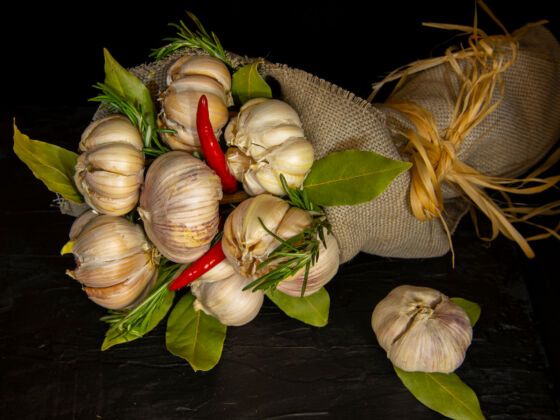If you travel enough, you will inevitably need some kind of first aid. Smaller issues and illnesses are usually no big deal for the well-prepared traveler and a real first-aid kit is invaluable, but what if you get a minor sweat rash under your money belt? Maybe a rogue TSA agent stole your favorite skin cream? Or maybe your budget is tight enough that you’d really rather not buy a tube of the local cure-all ointment.
If you find yourself in need of some comfort from minor ailments that don’t require professional medical attention, here are a few cheap, easy ways to turn food into your personal paramedic.
